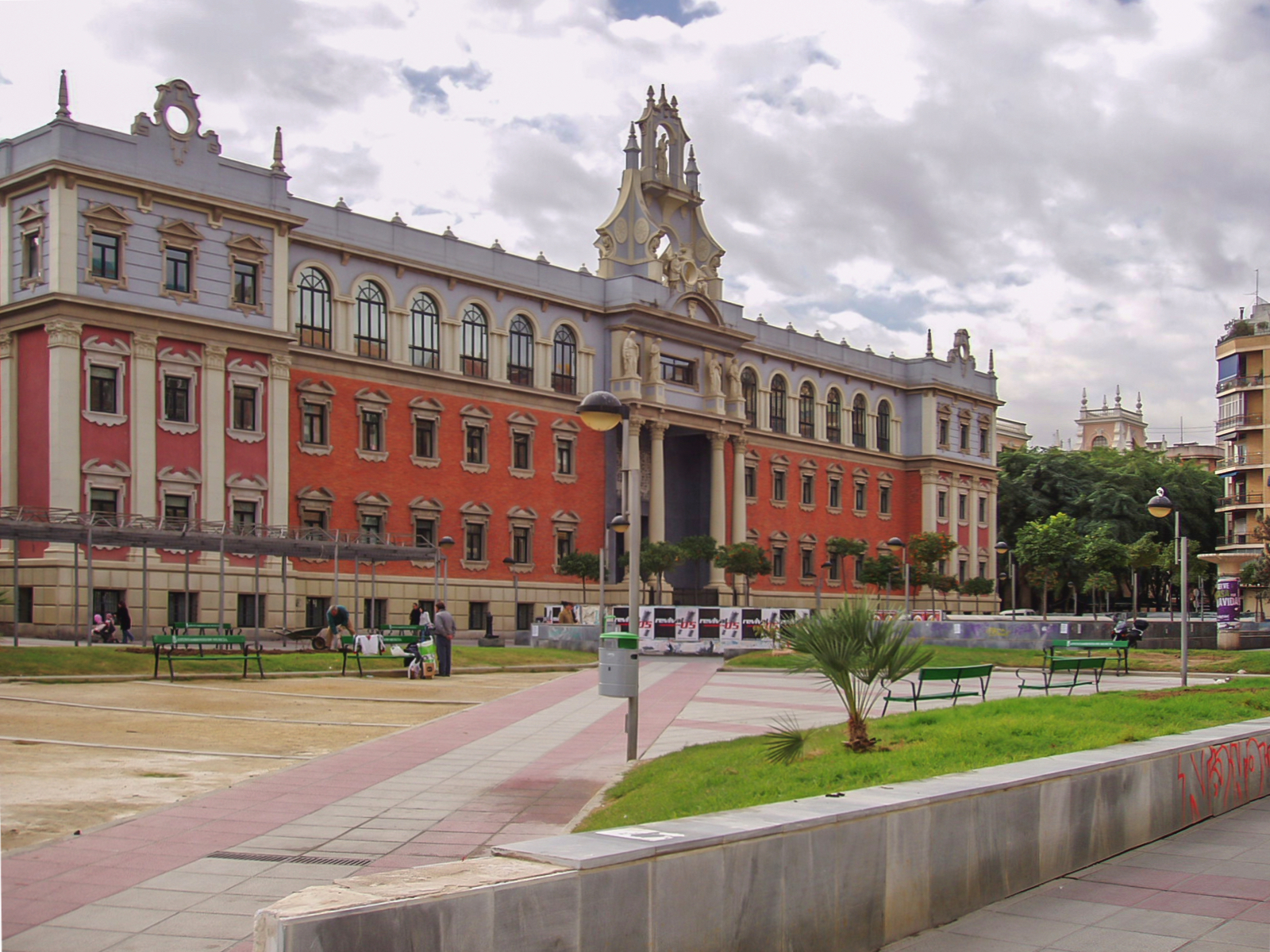Acording to ARWU, the top 10 Universities of 2010 are:
1-Harvard University
2-University of California, Berkeley
3-Stanford University
4-Massachusetts Institute of Technology
5-Cambridge University
6-California Institute of Technology
7-Princeton University
8-Columbia University
9-University of Chicago
10-Oxford University
On the next days i will talk about each one, regarding besides the normal parameters which famous personalities came from which university.
University Advices
"A good decision is based on knowledge and not on numbers."(Plato). Since the begin of times we all pursue knowledge, we all have doubts and concerns. I hope to help you enlighten yourself about Universities so you can truly decide.
segunda-feira, 25 de julho de 2011
domingo, 24 de julho de 2011
Academic Ranking of World Universities... How it's Made?
Like me, many of you already should have questioned themselves how can anyone classify something as vast in terms of areas of knowledge as a university. How do they classify art? science? sports?...
Classifying Universities is always subjective and even today still no ranking was considered the official one.Despite that the one considered the most credible is the "Academic Ranking of World Universities", commonly known as the Shanghai ranking.
 Since it was created, back in 2003, it has attracted a lot of attention from media, governments and universities. In 2005, only two years after its creation, a survey on higher education published by "The Economist" commented ARWU as "the most widely used annual ranking of the world's research universities." In 2010, the "Chronicle of Higher Education" called ARWU "the best-known and most influential global ranking of universities".
Since it was created, back in 2003, it has attracted a lot of attention from media, governments and universities. In 2005, only two years after its creation, a survey on higher education published by "The Economist" commented ARWU as "the most widely used annual ranking of the world's research universities." In 2010, the "Chronicle of Higher Education" called ARWU "the best-known and most influential global ranking of universities".The ranking compared 1200 higher education institutions worldwide according to a formula that took into account alumni winning Nobel Prizes and Fields Medals (10 percent), staff winning Nobel Prizes and Fields Medals (20 percent), highly-cited researchers in 21 broad subject categories (20 percent), articles published in the journals Nature and Science (20 percent), the Science Citation Index and Social Sciences Citation Index (20 percent) and the per capita academic performance (on the indicators above) of an institution (10 percent).
So what was the result?
I will let you all know in the next post.
sábado, 23 de julho de 2011
The rise of Modern Universities...
When and how universities have emerged as we know them now?
The word "university" comes from the Latin universitas, meaning roughly "community of teachers and students." Within the modern definition, the first universities emerged in medieval times in central Europe during the renaissance in the twelfth(12th) century. If we look back in time and go back to 387 BC we can conclude that the first "Academy" came from Plato, Greek philosopher. This "Academy" was located near Athens, in the woods of Acadia and it its students, taught philosophy, mathematics and gymnastics.
| Plato |
Returning to the modern definition the first European Universities were founded in Italy and France to study law, medicine and theology. Before that, there were similar institutions in the Islamic world, the most famous being that of Cairo. In Asia, the institution of higher education was the most important of Nalanda in Bihar, India, where the second century Buddhist philosopher Nagarjuna.
In Europe the boys could only attend to university after completing the study of the trivium: the preparatory arts of grammar, rhetoric and logic, and the quadrivium: arithmetic, geometry, music and astronomy. Initially and for a long time only men could attend university and it was only in 1869 that the first Women university was founded by Emily Davies.
 |
| Emily Davies |
The institution is the oldest Portuguese University of Coimbra initially founded in Lisbon in 1290, one of the 10 oldest in Europe still in operation. The 10 oldest universities still in operation are:
- University of Bologna in Italy (1st)
- Oxford University in England (2nd)
- University of Salamanca in Spain (3rd)
- University of Modena in Italy (4th)
- University of Cambridge in England (5th)
- University of Padua in Italy (6th)
- University of Naples Federico II in Italy (7 th)
- University of Siena in Italy (8th)
- University of Murcia in Spain (9th)
and the
University of Coimbra in Portugal (10th).
These higher education institutions are usually established by statute or charter and old, on the occurrence of the first in medieval times, Universities were only officially recognized by the Pope.
 |
| Example of a pope Charter conceding pope bull |
In the UK, a university is defined by a royal charter and only institutions with such a document can offer degrees of any kind.
In the last decades of the twentieth century, a number of Universities with more than 100,000 students was created, taught through distance learning techniques.
Since the beginning of times the human been desired to learn and share their knowledge.
It is this desire to want to learn more about a subject that makes us evolve and Unique.
A good decision is based on knowledge and not on numbers. (Plato)
The right choice...
Throughout the world, every day students about to enter the academic world share the same doubts regarding his future: "Have i chosen the right course? the right University? ... How will I adapt to my new life? ...".
I could lose the whole day to write the questions that crossed my mind when I made my choice.
It is for this reason that I decided to create this blog ... to share all possible information about as many universities i can and expect it will help you.
Regards,
Filipe
It is for this reason that I decided to create this blog ... to share all possible information about as many universities i can and expect it will help you.
Regards,
Filipe
Subscrever:
Mensagens (Atom)






















